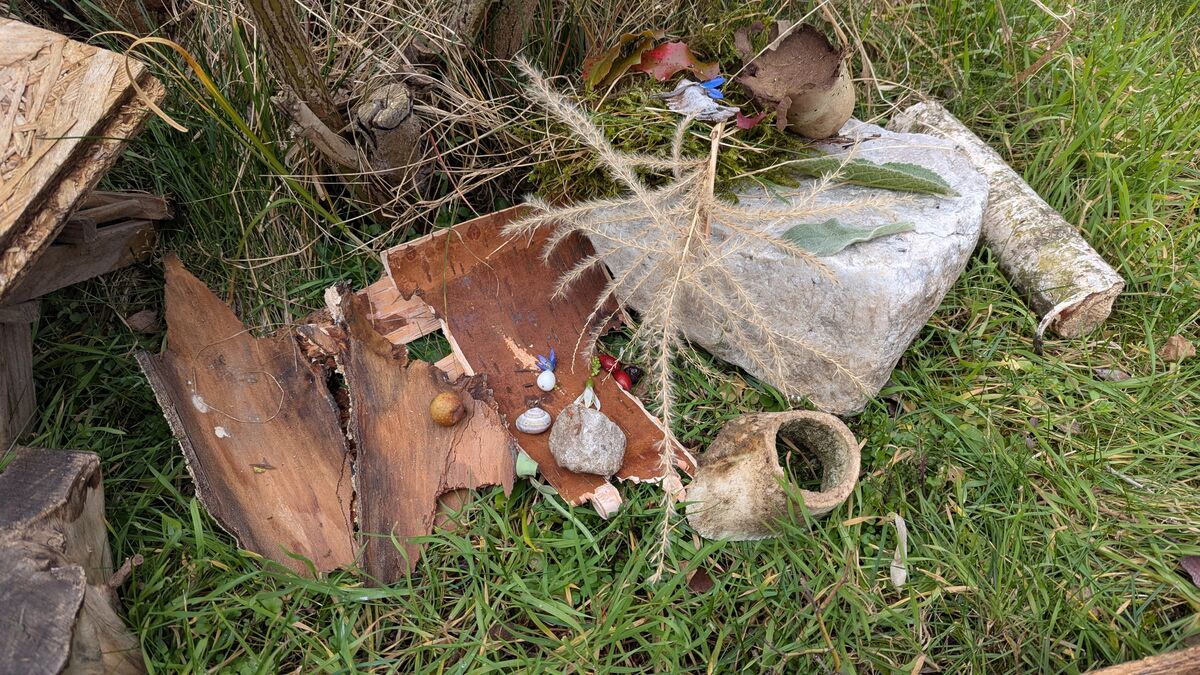
Why a nature museum changes the view of nature (core routine of wilderness pedagogy)
👉 The key facts from this guide
- A nature museum helps you preserve, examine, and learn from your discoveries in nature – all without disturbing nature.
- Every found object tells a story: feathers, bones, seeds, or stones can raise questions about animals, plants, and natural processes.
- The nature museum is not a static collection but a living archive that grows, changes, and sharpens the perception of nature.
- Take only what nature no longer needs – some finds still serve as habitat or food.
- An accompanying library helps you identify found objects and discover the stories behind them – books are valuable sources of knowledge.
- The nature museum deepens your connection to nature, makes knowledge tangible, and creates exciting moments for you and others.
A bone under the trees. A feather on moss. A mysterious seed.
As a child, I discovered adventures and puzzles in such finds that deepened my connection to nature – and still do today.
Each collected piece tells a story. Who left it behind? What role does it play in the cycle of the forest?
The Natural History Museum preserves these ephemeral treasures, while the right library turns assumptions into secured knowledge.
Learn in this article how to create your own nature collection and achieve much more than just a shelf full of finds.
The Natural Museum: A Living Archive of Nature
Not everything in nature stays where it is. A feather is carried by the wind, a bone is repurposed by animals, a piece of tree bark decomposes slowly.
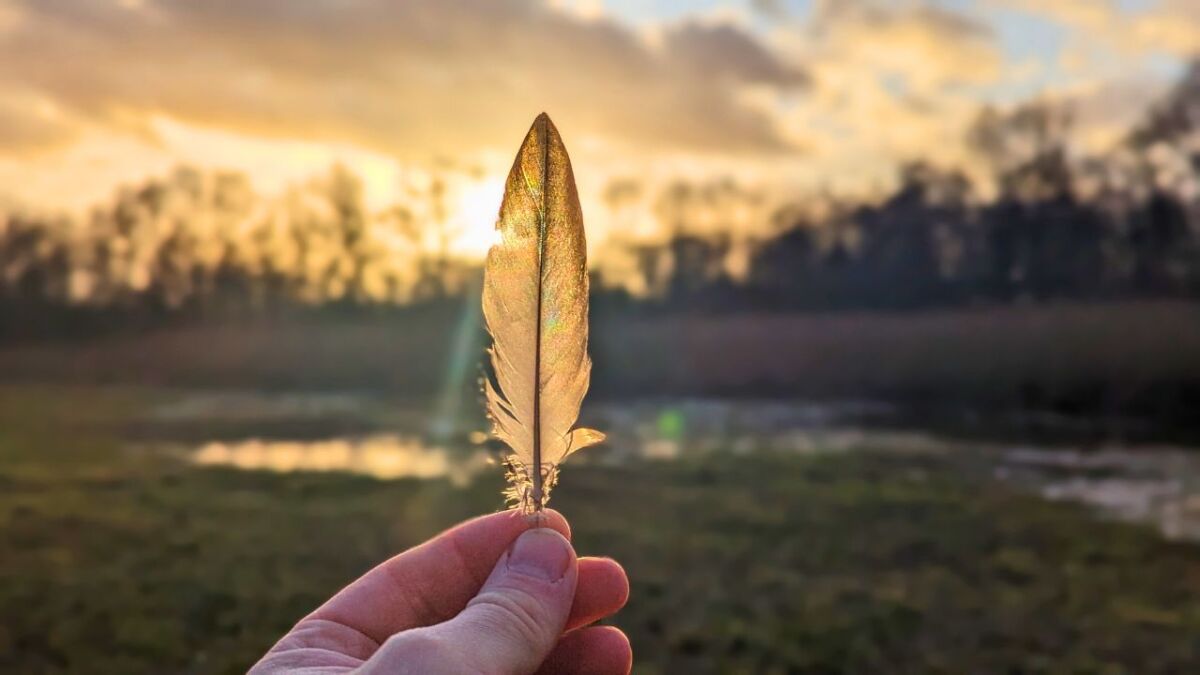
What is visible today may be gone tomorrow. A natural history museum gives these ephemeral finds a place.
Not to tear them from nature, but to hold them for a while, to observe them, and to learn from them.
When I set up a natural history museum myself, I experienced how each new discovery deepens the understanding of nature – not only for me but also for children and adults.
What is the Natural Museum?
A natural museum is more than a collection of things. It is a place of questions, comparisons, and exploration.
Each find is not only preserved, but should be consciously perceived and considered.
Whoever finds a snail shell in the forest or picks up a bizarre seed almost automatically asks questions: How did this get here? What does it mean?
A natural flow of knowledge emerges:
- Collecting: Anyone who finds an interesting object can place it in the museum.
- Observing: Others look at it, turn it in their hands, and consider what it might be.
- Comparing: Are there similar finds? What distinguishes them from one another?
- Determining: With the help of the library, it can be discovered what exactly has been found.
- Storytelling: Finds become occasions for storytelling. Where was it found? What assumptions are there?
Through these processes, a simple bone or an unknown feather becomes a gateway to more in-depth understanding.
The Natural Museum is never “finished” – it grows, changes, and lives with the discoveries of those who use it.
Which finds belong in the museum?
Every find is a trace of nature – a hint of the life that often moves invisibly around us. Some things catch the eye immediately, while others go unnoticed at first.
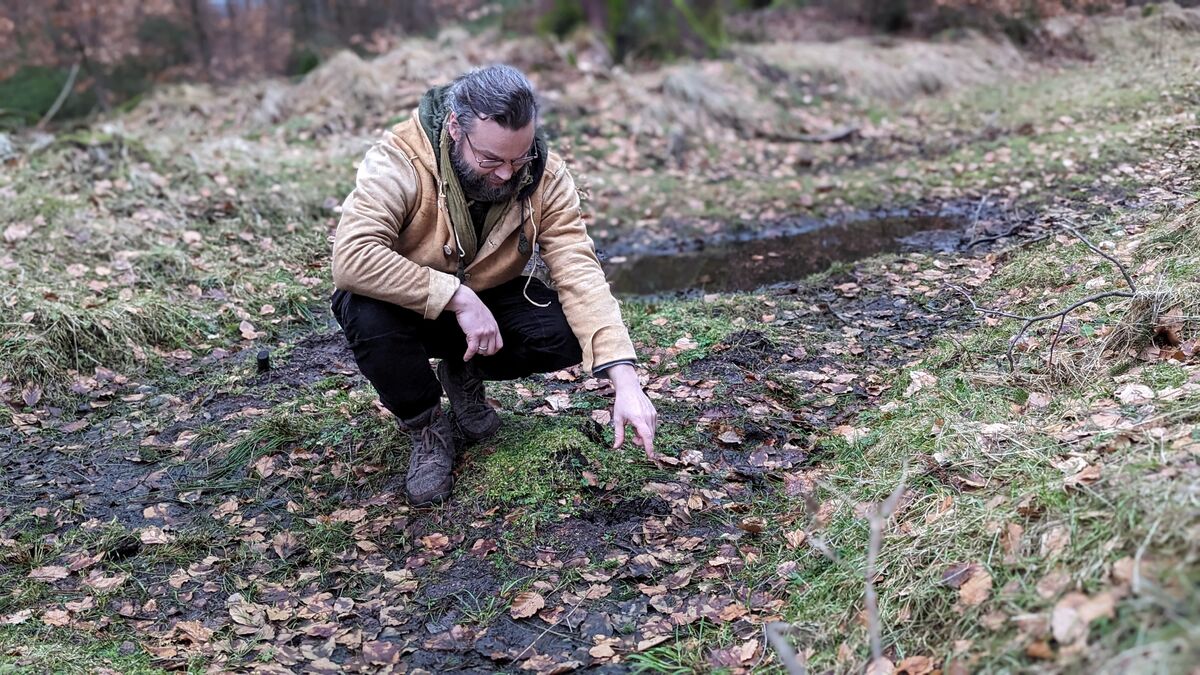
The Natural Museum gives these small discoveries space to take a closer look and decipher their history.
Especially exciting are finds that raise questions or have a direct connection to animals, plants, or processes in nature:
- Feathers – from which birds do they come? What purpose do they serve?
- Bones and skulls – which animals left them behind? How can they be distinguished?
- Seeds, cones, and leaves – from which tree or shrub do they come? Which animals feed on them?
- Eggshells and cocoons – which living beings have hatched here?
- Antler pieces or shed insect antennae – how do they grow? What traces do they leave behind?
- Stones with unusual patterns or shapes – are they fossils? What do they tell us about past landscapes?
Not everything that is found should be permanently collected. Some things have an important place in nature – an old snail shell may still be needed, a rotten piece of wood is a habitat for beetles and fungi.
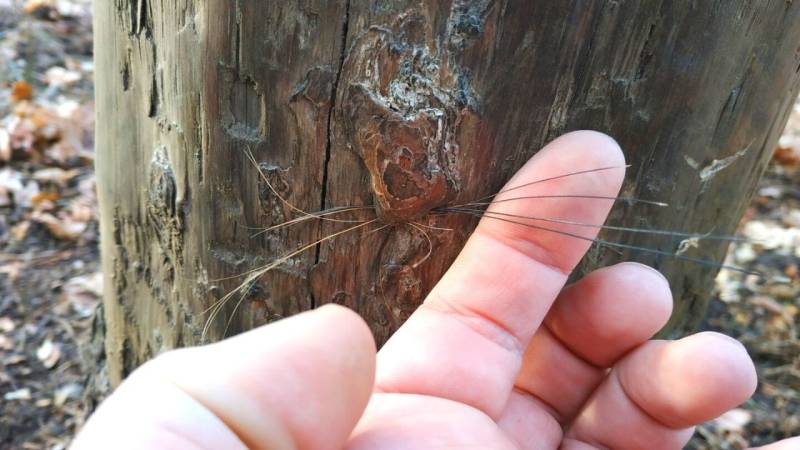
The basic rule is: Only take what is no longer needed and does no harm.
Even Henry David Thoreau knew:
"What lies before us and what lies behind us is nothing compared to what lies within us. And when we carry what lies within us out into the world, miracles happen."
The Natural Museum helps to express this inner wonder outward. Every find is an invitation to see nature more consciously, to walk through the forest with open eyes, and to read traces that would otherwise have gone unnoticed.
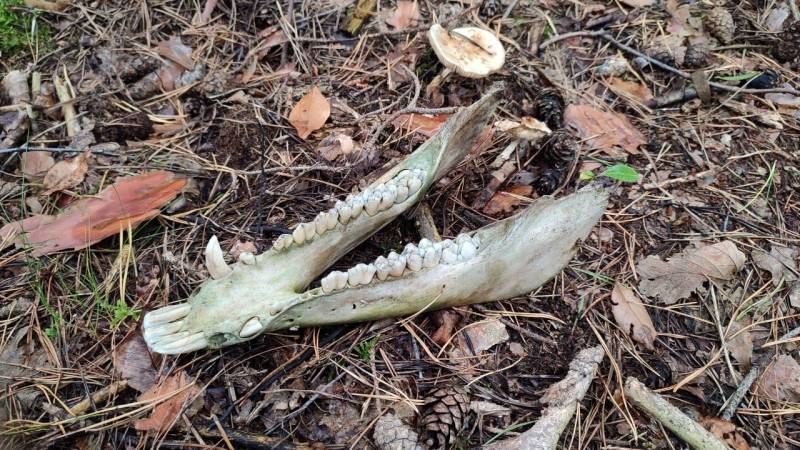
Why a Natural History Museum is a Valuable Routine
Children instinctively collect. An interesting feather, a shiny stone, or a strangely shaped leaf – all of this ends up in their pockets.
"A child with a bag full of natural treasures is like a pirate with his treasure chest – only that the real treasure here are the stories behind them."
What is often dismissed as trivial is, in truth, a deeply rooted human need: to understand the world through collecting and comparing. A natural history museum makes this process conscious and gives it structure.
This routine has many benefits:
- Sharpening perception: Those who know they can exhibit their finds pay attention to details that would otherwise be overlooked.
- Deepening knowledge: Identifying and comparing the finds leads to real learning – not just from books, but through personal experience.
- Encouraging responsibility: A museum only works if it is maintained. Those who collect also learn to take care of their finds.
- Community experience: The museum becomes a shared research station where knowledge is exchanged and discussed.
- Connection to nature: Collecting transforms mere “being outside” into a conscious interaction with the environment.
Whenever I set up a small natural history museum at the beginning of the day, the displayed finds attract curious children's gazes like a magnet.
The old piece of fire drill, the fox skull, or the various conifer branches immediately raise questions. "Can you really make fire with this?", "How old was the animal?", "Why does this needle feel different?"
What starts as a simple collection on a tree stump quickly develops into a lively conversation, where knowledge flows effortlessly.
A natural history museum is like a social news feed of the forest – here, children learn what is currently important and what stories nature has to tell.
Especially exciting is the nature museum in combination with another core routine of wilderness education: the Wandering.
Wandering aimlessly through nature does not seek anything specific – and it is precisely through this that the best discoveries are made.
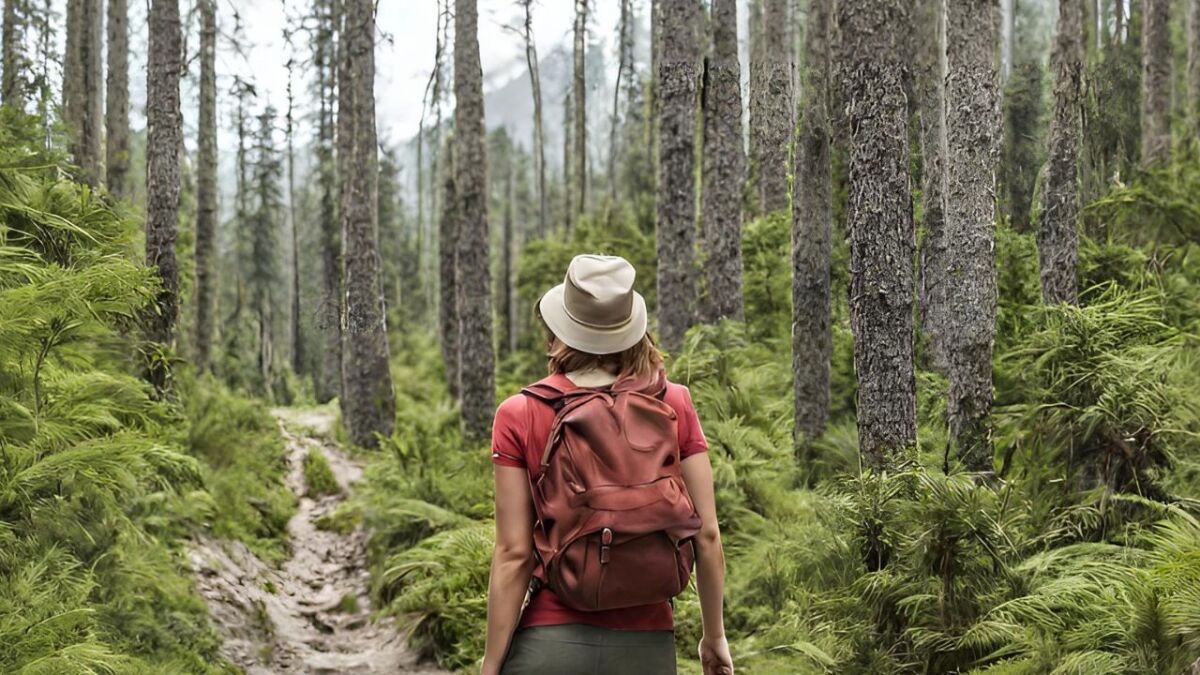
Those who let themselves drift discover things that were not planned. More about this valuable technique can be found here: Wandering: Why being aimless connects you more with nature.
A natural history museum captures exactly such unplanned discoveries. It serves as a bridge between moments of wonder and a more profound understanding of nature.
How to Create a Natural History Museum
A natural museum does not need a fixed framework – nature itself dictates the form.
It can be a simple place where finds are collected and viewed, or a lovingly designed exhibition. The important thing is: It should remain a place of discovery.
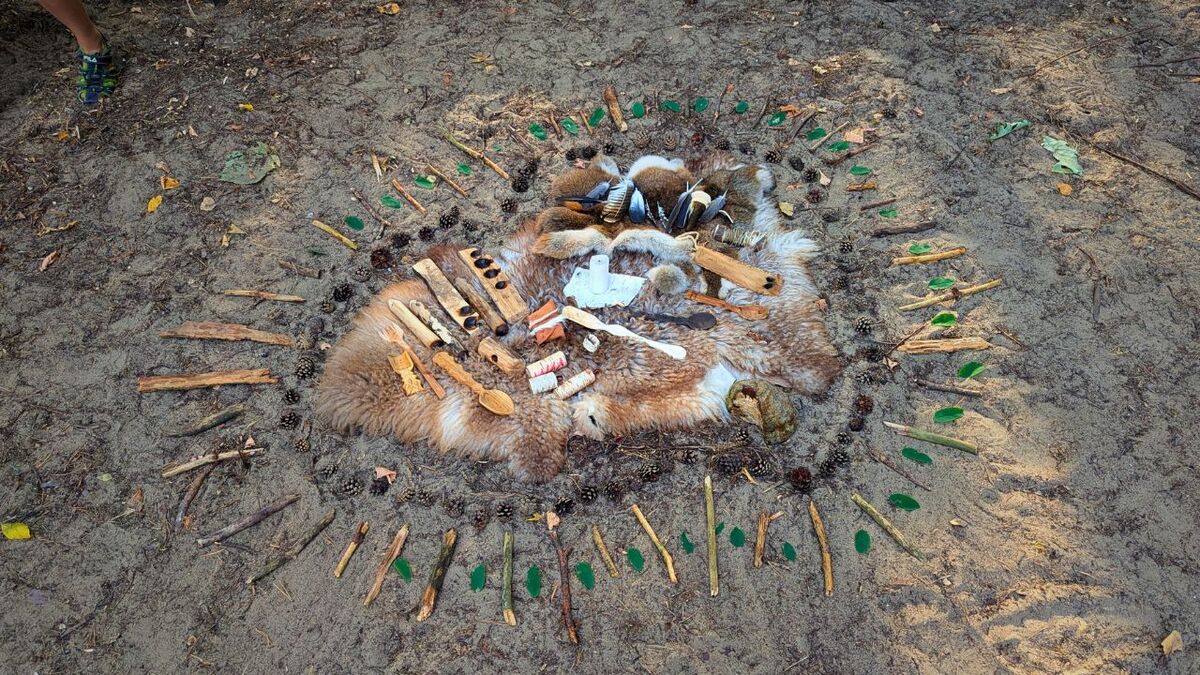
Setup Tips
There are no fixed rules about where and how a natural history museum must look. Here are a few inspirations:
- A circle in the forest: A small clearing or a corner under a tree can serve as a gathering place.
- An old tree stump: Perfect as a natural presentation table for feathers, stones, and other small finds.
- A shelf or table outdoors: In a weather-protected area, finds can be stored long-term.
- A museum in a box: A mobile collection for changing locations – ideal for groups that are on the move in different places.
Every place has its magic. What matters is that the spot invites you to sit down, marvel, and engage in conversation with one another.
"A tree stump as a nature museum is like a 5-star hotel for feathers, stones, and cones – rustic, but with the best view for the treasures."
The Library: Our Elders as Guardians of Knowledge
The Natural Museum itself is already something great, yet you can take it a step further.
For the findings raise questions, but to answer them, a source of knowledge is needed. Of course, you can be a wilderness mentor. But not always do you have the time or the right answers at hand – you might not want to give them, either.
👉 This is where the library comes into play – it is the heart of discovery, the bridge between findings and insights.
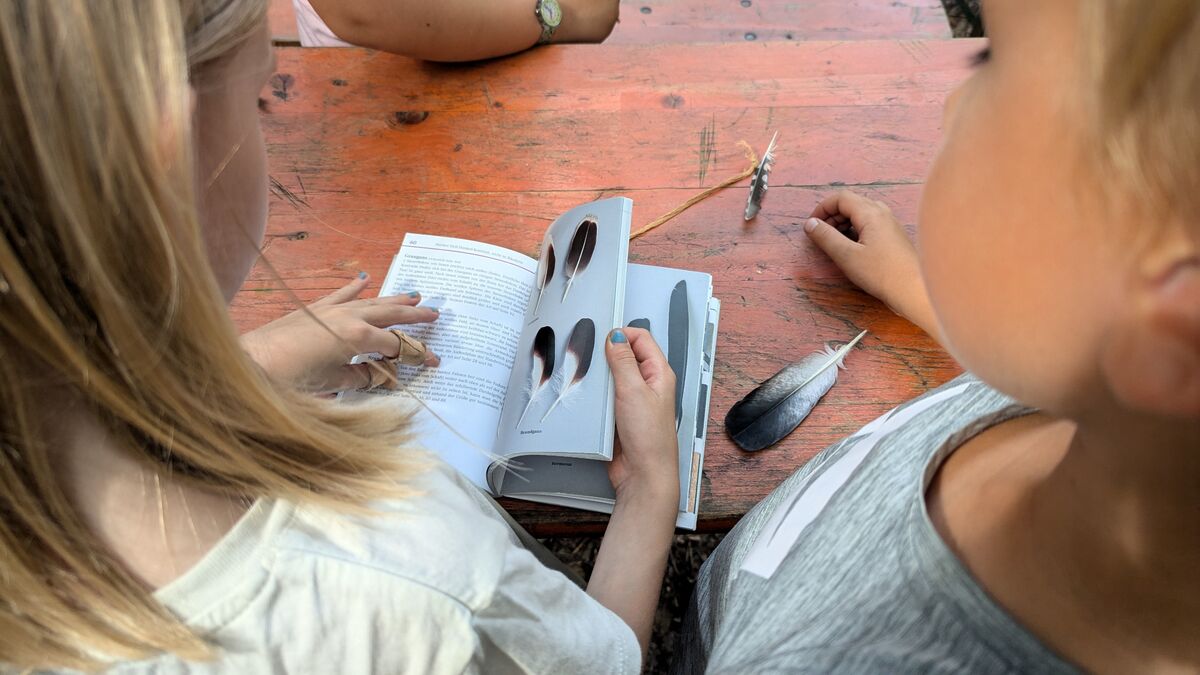
Books are more than mere reference works. In wilderness education, they are regarded as "Elders," as knowledge keepers of past generations.
A good field guide can turn a feather into a story, a bone into a trace of an animal, an unknown seed into a symbol for a tree that one has never consciously noticed.
But not only non-fiction books play a role. Stories about life in and with nature, reports from adventurers, or old fairy tales open up new perspectives.
Which books belong in a wilderness library?
A well-equipped library is the cornerstone of any natural research. It helps to decipher traces, accurately identify plants, and understand animal behavior.
However, not every book is suitable for learning in the wild – the best ones are practical, understandable, and directly applicable.
Search for proven books, that are suitable for getting started in the world of identification literature.
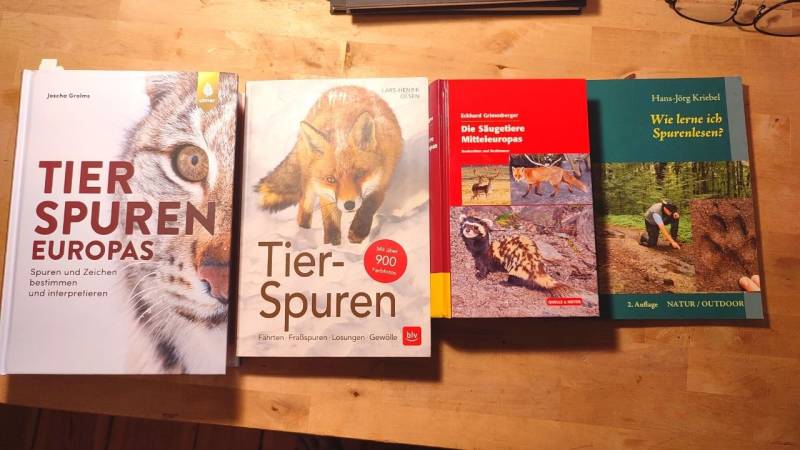
The library as living knowledge – use and exchange
A library thrives through those who read, research, and exchange ideas within it.
A book is not just a reference work, but a conversation partner – it answers questions, raises new ones, and inspires you to try out what you've read in nature.
Someone discovers a pattern in a stone, another reads about fossils, a third realizes that it could be a prehistoric fossil.
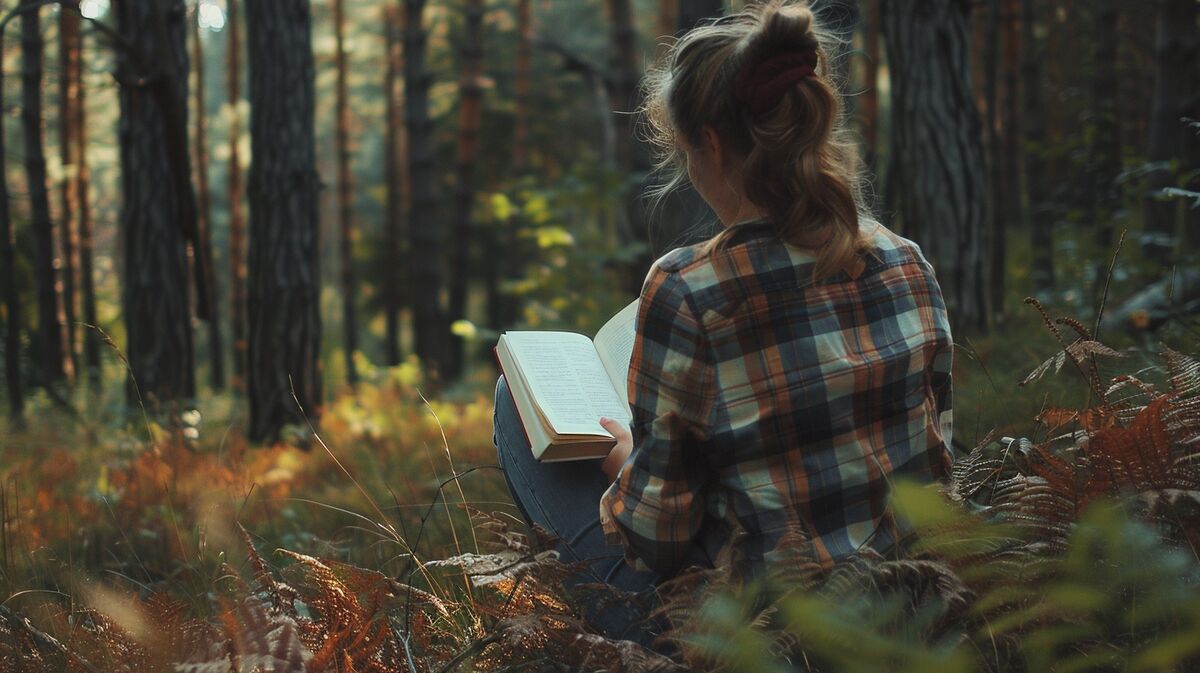
This is how knowledge was created over millennia – through observing, comparing, and storytelling.
Gary Snyder once wrote:
“Nature is not a place we visit. It is our home.”
With every turned page and every specific trace, this home becomes more familiar.
The library becomes the starting point of a journey of discovery, where not only answers but also new puzzles await. And therein lies its true power: it not only shows what is – it opens the door to what remains to be explored.
How These Heart Routines Strengthen the Connection to Nature
The natural museum and the library are more than just places of collection and learning – they create a deeper, sustainable connection to nature.
"Whoever has started to create a natural history museum becomes the Sherlock Holmes of the forest – suddenly there are clues and traces everywhere that tell a story."
Routines sharpen awareness of the environment, and each new discovery deepens the understanding of natural connections.
These routines work on multiple levels:
- Intensify sensory perception: Those who regularly collect finds pay more attention to colors, shapes, and structures in nature.
- Encourage curiosity: Every new find raises questions that stimulate research and discovery.
- Strengthen community: The exchange of finds and books creates connections – knowledge is shared and grows together.
- Develop mindfulness: Those who engage with small details learn to view nature with respect and attention.
- Deepen personal knowledge: Repeatedly looking up and comparing leads to long-term retention of connections.
These simple routines make nature not just a backdrop, but a living counterpart with which a real relationship develops.
Conclusion: Preserve Knowledge, Experience Nature
The natural museum and the library are more than just tools – they are living bridges to nature.
- The museum sharpens the eye for details, invites wonder, and makes knowledge tangible.
- The library gives meaning to the findings, connects them with stories, and expands understanding.
Together, they promote curiosity, personal responsibility, and a deeper connection to nature.

The implementation is simple: A tree stump as a museum, a shelf with identification books – it doesn't take much to integrate these wilderness education heart routines into everyday life.
What is important is regularity: Collecting, comparing, looking up – and above all, asking questions.
If you want to dive deeper, you can find more inspiration for routines here:
- 33 Exercises for More Connection to Nature
- The Sit Spot in Wilderness Education
- The Importance of Gratitude in Wilderness Education
- Coyote Teaching: Natural Learning through Curiosity
What discoveries have amazed you? Which books are indispensable? Share your experiences in the comments!

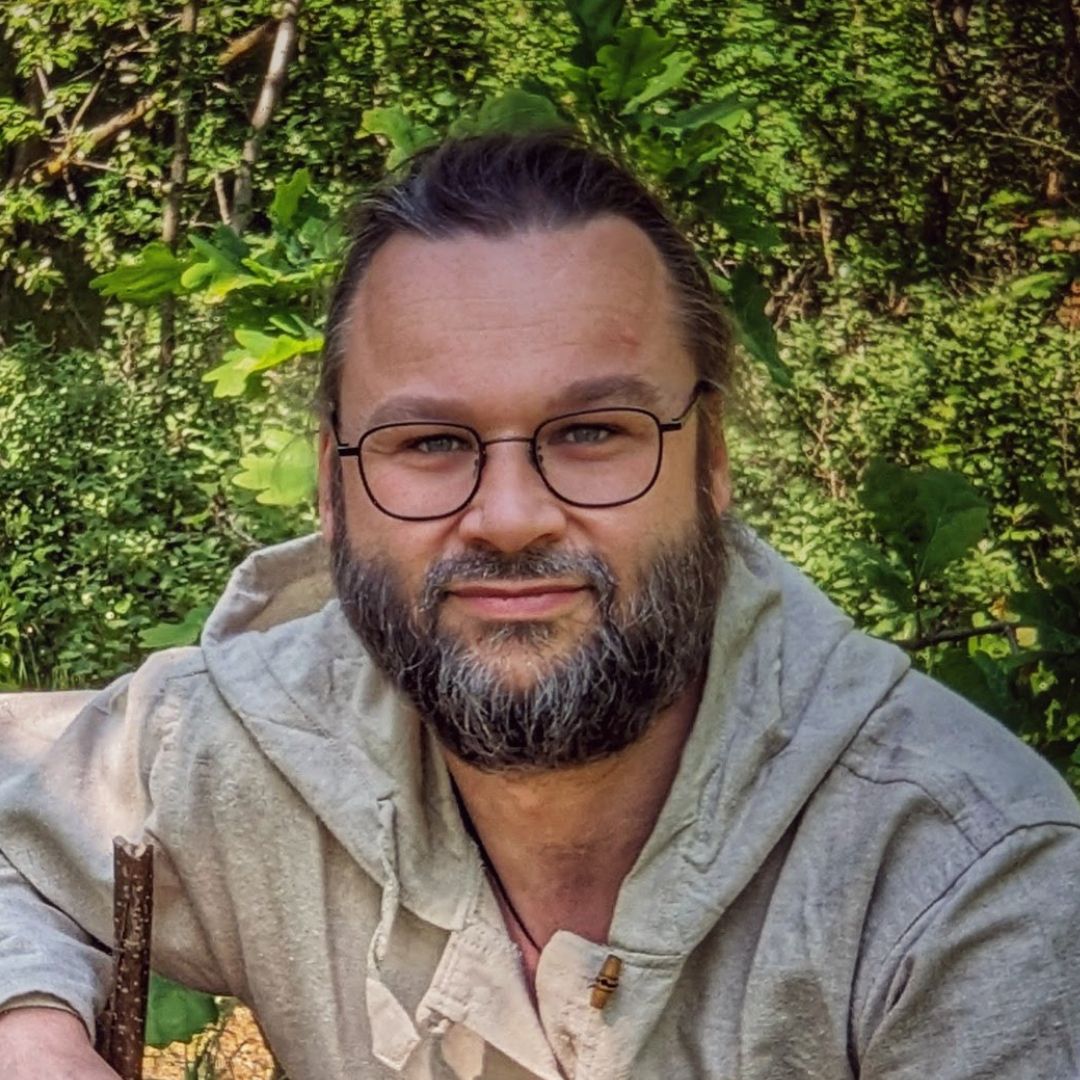
Author of the guide
Martin Gebhardt
Hey, I'm Martin. On my blog, you will learn the basics and numerous details about living in the wild. I think survival, bushcraft and the good life in nature are the keys to happiness. Find me here on Instagram or on YouTube. You can find more about my mission on the About Me page.
Was this guide helpful?
12 people found this guide helpful.
5.00 out of 5 points (12 Ratings)
Comments (0)
This post may contain affiliate links. So if you click on the links and make a purchase, I will receive a small commission at no additional cost to you. Click here, to learn more about it.


